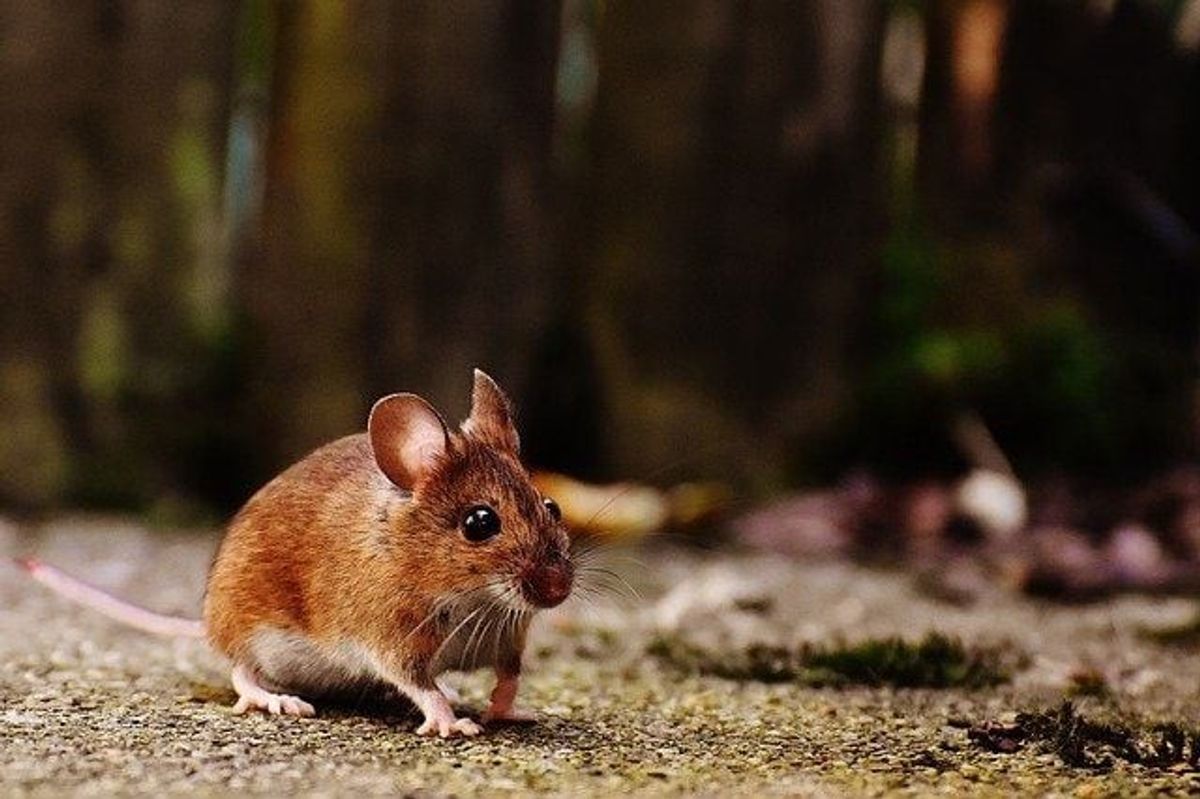About Shirin Biswas
With a degree in English from Amity University, Noida, Shirin has won awards for oratory, acting, and creative writing. She has a wealth of experience as an English teacher, editor, and writer, having previously worked at Quizzy and Big Books Publishing. Her expertise lies in editing study guides for children and creating engaging content.
Family interest
In house speciality
Education
Qualifications
- Bachelor of Arts specializing in English Language and Literature
Recent Work
Fun Diplocaulus Facts For Kids
Diplocaulus remains one of the most enigmatic creatures of ancient waterways, known for its distinctive boomerang-shaped head and sprawling limbs. This prehistoric amphibian is a subject of fascination for both scientists and the public.
As an inhabitant of the Late Carboniferous and Permian Periods (approximately 270 million years ago), Diplocaulus provides a distinct perspective on a time of significant evolutionary diversification that set the stage for the age of dinosaurs.
Fossilized remains of these long-extinct amphibians ignite curiosity about their lifestyle, hunting methods, reproductive intricacies, and daily survival challenges. Fossil records indicate that this species was related to contemporary amphibians yet distinct due to its unique cranial features. The scientific community recognizes this genus, particularly Diplocaulus magnicornis, as one of several amphibians that prospered in this fertile wilderness.
The Permian Period, marked by turmoil and transition from the preceding Carboniferous Period, saw significant environmental shifts, presenting new challenges to the existing fauna and flora. Diplocaulus, small in size and peculiar in shape, inhabited an environment filled with various predators and prey, pointing to a dynamic and competitive ecosystem.
Sail-backed synapsids, towering arthropods, and a myriad of fish species coexisted with Diplocaulus, contributing to a rich narrative of evolutionary change.
Today, Diplocaulus remains intriguing, its existence immortalized in stone which contributes to the understanding of life's continuous journey through time. As paleontologists uncover more about Diplocaulus's life, they not only piece together an aspect of Earth's distant history but also highlight the resilience and marvel of life on this planet.
Fun Maiasaura Facts For Kids
The Maiasaura, derived from the Greek words meaning 'good mother lizard', carries a profound significance that extends far beyond its nomenclature, encapsulating the remarkable parenting behaviors exhibited by these Late Cretaceous hadrosaurids approximately 76.7 million years ago.
The essence of their name is rooted in a series of groundbreaking paleontological finds that illuminated the extent of their social and familial interactions which stand as a milestone in dinosaur behavioral studies.
The laborious excavations and meticulous studies carried out by preeminent American paleontologists Robert Makela and his peers have brought to light the extraordinary evidence of large Maiasaura herds. These herds were discovered within the nourishing habitat of the Two Medicine Formation, a treasure trove of paleontological significance located in Montana, USA.
There, scientists unveiled compelling evidence in the form of well-preserved nests, countless broken eggshells, and the remnants of juvenile dinosaurs, which collectively painted a picture of communal living and mutual care not previously associated with dinosaurs.
These findings enabled researchers to infer a high level of parental investment and care, suggesting that adult Maiasaura provided sustained nurturing and protection to their brood, and potentially even shared communal responsibilities within the herd.
The exceptional discovery has greatly enriched the field of vertebrate paleontology, providing substantial insights into the highly-developed social structures that characterized these prehistoric creatures, and challenging prior assumptions of dinosaur life and parenting strategies during the Upper Cretaceous Period (100.5-66 million years ago).
45+ Charlie Parker Quotes
Charlie Parker was a jazz and swing artist known for his love of music.
He played each chord with passion, which earned him a humongous fanbase. Some of his famous works include 'Bird Of Paradise' and 'Ornithology'.
His book, 'Acting Is A Job: Real Life Lessons About Acting Business' imparts wisdom. Charlie Parker was also famous for being friends with Jay McShann and also going on tours with him. Parker's words and famous quotes give us a glimpse into his political position, his wisdom, life, friends, the acting business, and love.
Anpanman Facts: Learn Everything About The Majestic Superhero
The Anpanman universe is a very fascinating one and is loved by many!
Anpanman is a Japanese fictional character who was born out of sheer coincidence. This superhero is now seen in many forms and has lots of merchandise as well.
The Anpanman fan club is a testament to this hero's popularity. What makes this hero special is the fact that Anpanman is not the quintessential hero who would solve all issues at the snap of his fingers.
Quite on the contrary, Anpanman spends his time trying to make people happy.
His skills are limited and he needs his head to be 're-baked' at the end of each day since the bun starts wearing off after a day of saving the world. Keep reading to learn more facts about Anpanman and why he continues to be famous all over the world even after so many years of creation!
Fun Silverside Fish Facts For Kids
Silverside or Atlantic silverside is a common, small-sized fish.
This species resembles bluefish and striped bass in terms of its utility for human beings. It is also known for its striking silver-colored body and fins.
Atlantic silversides, as the name suggests, are found along the Atlantic coasts of North America. They are increasingly famous in places like the Gulf of St. Lawrence and Florida. The Chesapeake Bay is also filled with Atlantic silversides.
This fish species breeds in the summer and lays eggs at new moon and high tides. Young Atlantic silversides are born after 20 days, and they immediately become a part of a large school of fish.
These schools are relatively easy to catch, and hence, people are in the habit of catching Atlantic silversides for consumption. Keep reading to learn more facts about Atlantic silversides.
Fun Cactus Mouse Facts For Kids
When in the north of Mexico or Southwestern United States, it becomes impossible to not encounter at least a few cactus mice. These mice prefer to live in semi-arid conditions with sparse vegetation.
While they are not much different in comparison with other related species such as the deer mice, cactus mice are known for their large ears and adorable looks.
The cactus mouse (scientific name Peromyscus eremicus) is closely related to deer mice but is not the same. While cactus mouse is native to Southwestern United States, the deer mouse is native to North America. The two species belong to the same genus but have different characteristics.
When it comes to food, the cactus mouse species is pretty adaptive. These mice eat seeds and green vegetation for most of the year. When some insects are available, they munch on a variety of small insects as well.
The species is most fond of the summer season, which is also when most of the reproductive activities take place. The female cactus mouse can give birth to around four pinkies at one time.
There can be a maximum of four litters each year. In the winter season, the cactus mice reduce the metabolic activities in their body through a process known as torpor. Keep reading to know more facts about cactus mice!






